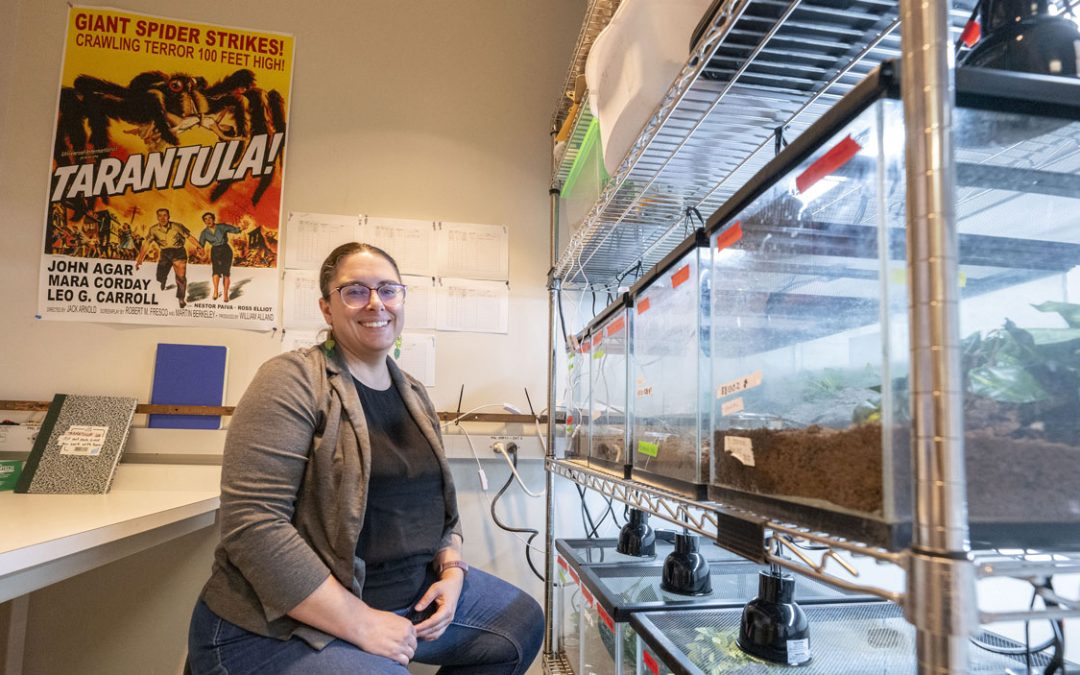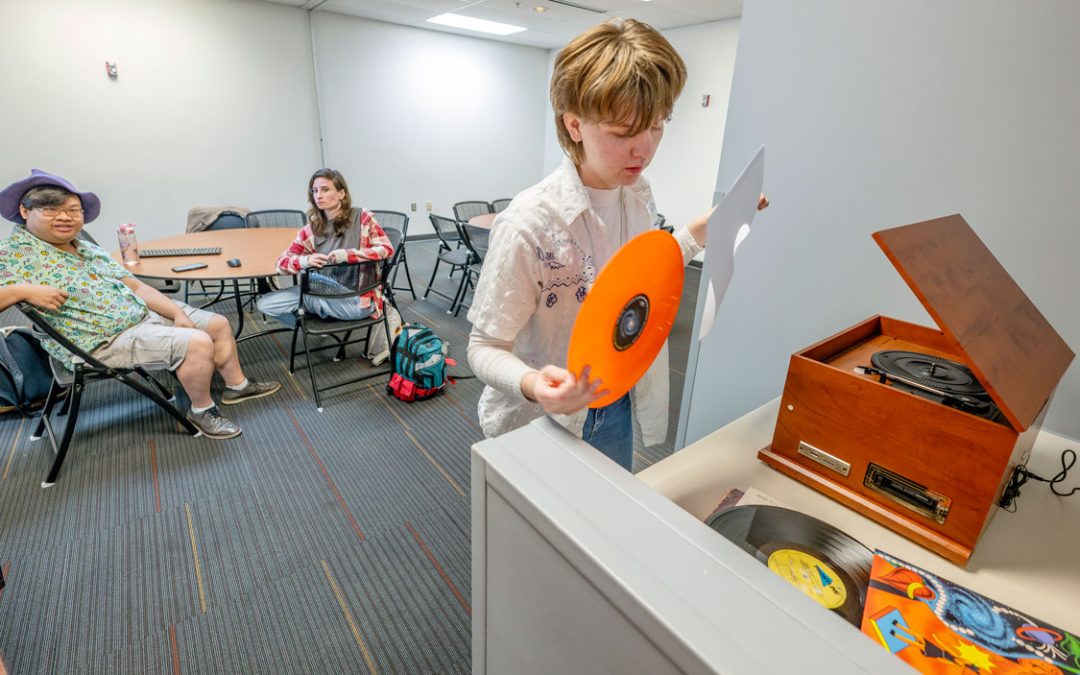You’ll notice something new when you navigate to umsl.edu. The new version of the University of Missouri–St. Louis home page is live after months of behind-the-scenes work by the University Marketing and Communications team.
What you’ll now see is a bolder appearance with a responsive design element that works harmoniously on desktops, tablets and mobile devices, according to Jon Hinderliter, assistant director of University Marketing and Communications. Additionally, the new site has been designed to improve the user experience with clearer navigation and more useful links, he said.
“It’s been about three years since we overhauled umsl.edu,” said Hinderliter, the head of the web team and project lead. “Almost from the day that site went live, we began studying usage of the site and listening to feedback from users of the content management system.”
That analysis and feedback factored heavily in the new website, as did the public’s preference for surfing the net using tablets and mobile devices rather desktop computers. Instead of creating separate desktop and mobile versions of the website, the web team made use of responsive design, which maintains the look and feel of umsl.edu across all platforms.
“The result is a better-looking and more-responsive site with greater ease of navigation,” Hinderliter said.
In creating the new umsl.edu, the web team pored over the traffic metrics of the old website. One trend that stood out was that most people navigated to the home page as a jumping-off point to access the university’s college and school pages.
“So we’ve added links to each of the individual colleges and schools and given them prominent placement on the home page,” Hinderliter said. “Now users are closer to the content they click the most.”
The new website also aligns with UMSL’s strategic plan by including sections that showcase the UMSL Experience and the university’s community engagement.
The UMSL website as a whole includes about 20,000 pages spread across nearly 300 secondary sites. Each of those sites will be switched over to the new design within the next two months.
“That’s a significantly shorter timeframe than with the past version of the site, which took two years for the complete conversion,” Hinderliter said.
















